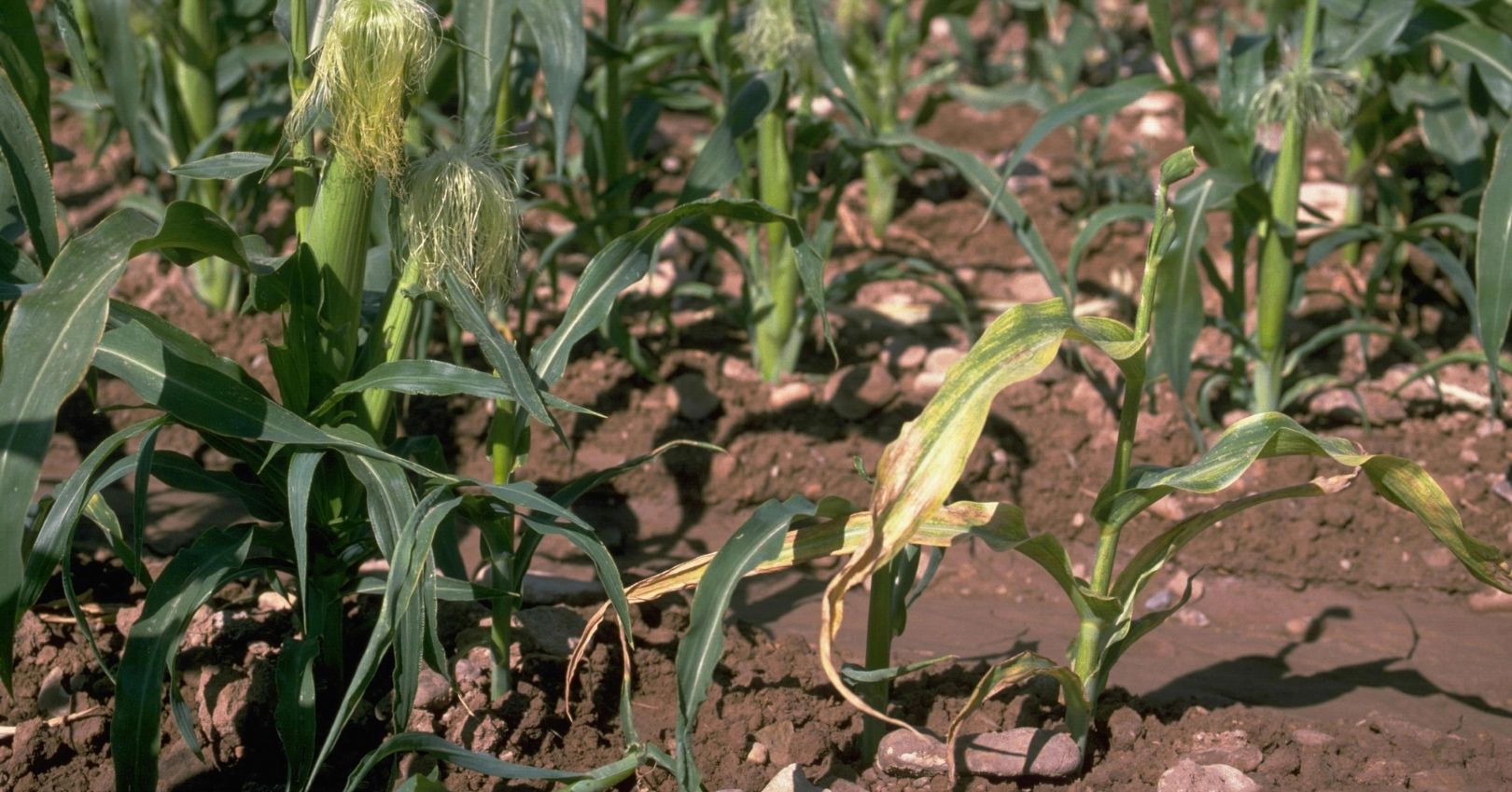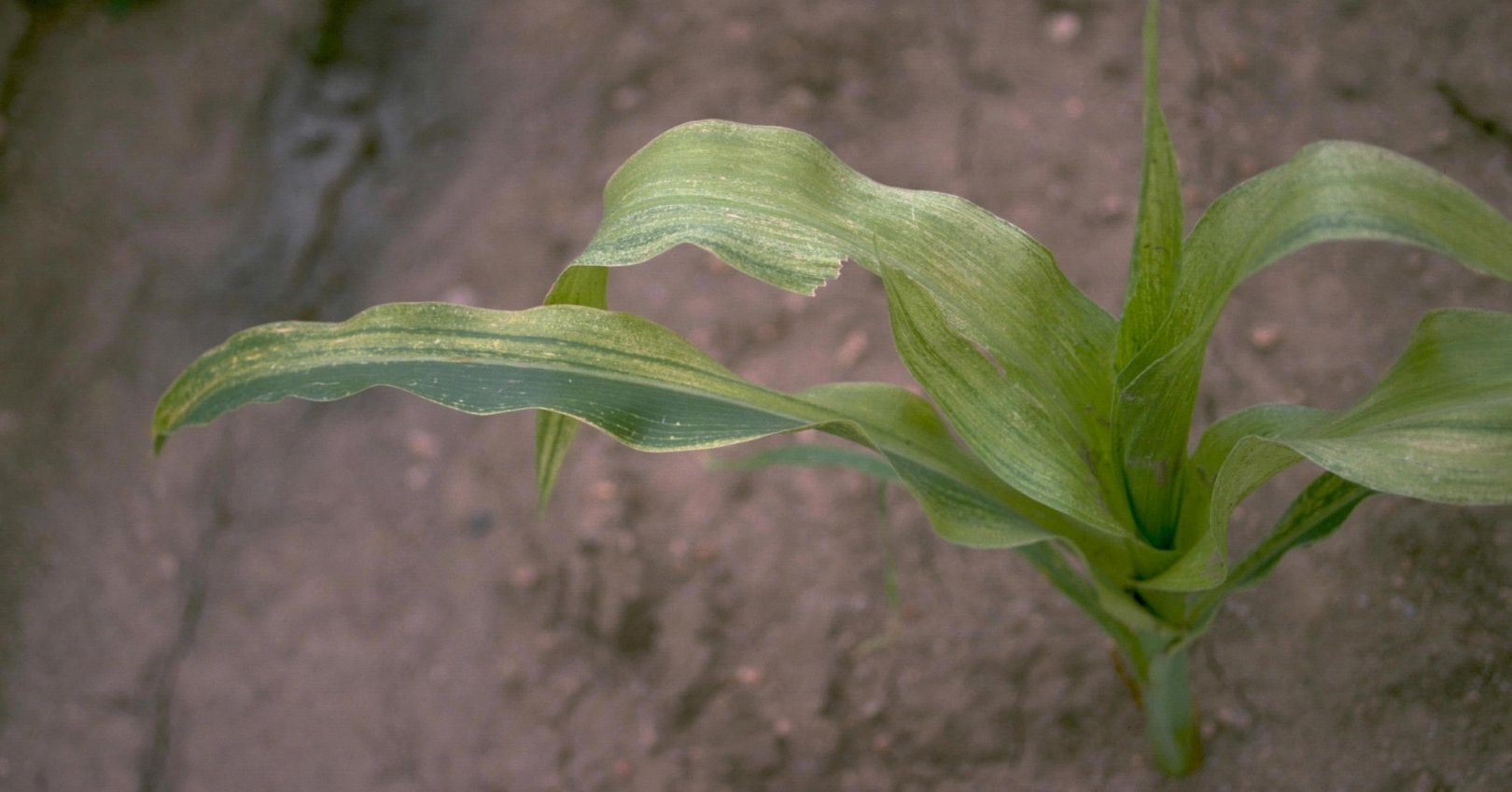Wheat Mosaic Virus


Casual Agent
This virus is transmitted by the wheat curl mite (WCM), which is also a vector of wheat streak mosaic virus (WSMV) and triticum mosaic virus (TrMV).
The wheat curl mite is small (0.008 inch; 0.2 mm), wingless, cream-colored, and cigar-shaped. WCM typically colonizes the youngest tissue of wheat plants in the winter and uses several grass hosts in the summer, including corn. WCM reproduce rapidly as temperatures reach 75 to 85°F and stop at temperatures near freezing. Under ideal conditions, the WCM can complete a single generation in 8 to 10 days. Although heavy mite populations can cause the leaf margins to role or curl inward, most plant injury results from viruses that the WCM vectors
Symptoms
Symptoms vary depending on variety and time of infection. Initial symptoms are stunting and a mosaic pattern on the leaves. As symptoms progress, yellow stripes up to an inch wide can be observed on leaves of infected plants (Fig. 10.38) and in some cases, purple streaks are observed. Striping can occasionally be caused by a genetic mutation and is not always a disease.
Disease Cycle
The virus infects mostly corn and wheat, but can be found in other grasses as well. The WCM does not have wings and is dispersed by wind from maturing winter wheat to either volunteer wheat, corn, or other grass hosts. As summer hosts die, wheat curl mites are carried to newly emerged winter wheat. Virus transmission occurs while mites are feeding on host plants.
Disease Identification
To confirm the disease, infected plants need to be tested by a diagnostic lab using an antibody-based ELISA test. Samples can be submitted to the Utah Plant Pest Diagnostic Lab in Logan, UT.
Damage
Honeysuckle aphid populations may occasionally build up on umelliferous crops; however, injury resulting in crop loss is rare. Most damage comes from vectored viruses such as celery crinkle leaf mosaic virus.
Management
There is little that can be done to control the disease. Prevention is the best strategy.
- Remove volunteer wheat and grass weeds where both the mite and the virus can survive until corn or wheat are planted
- Plant seed early in the season. Mites migrate to corn as wheat dries down mid-summer.

